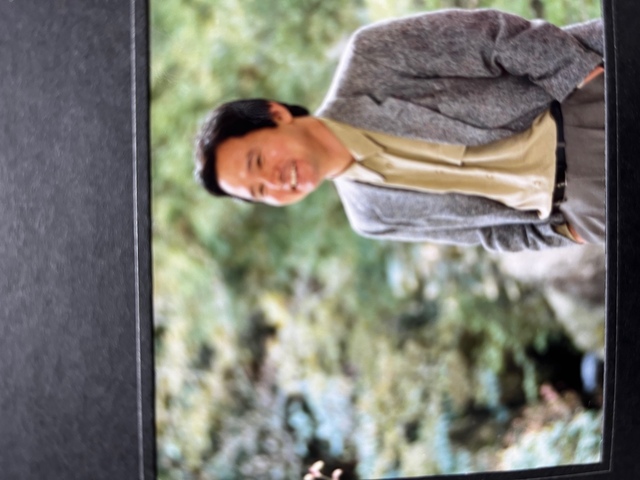Big difference of The Asahi and The Nikkei was in the paper this morning conspicuously.
The Asahi carries an article with the tone which the developing country which is a true exchange operation country seems glad about when Japan is a target in the index with being proved in the G20 joint statement original plan in page 3.
On the other hand, The Nikkei carries the following article on page 17 by the index with “Wong and Chinese Yuan rise at the dollar ““receiving an exchange report at the U.S. ".
But of the article that Akutagawa's “The Turntable of Civilization” is proving a thing with the right of 100 % however, it is
The preamble abbreviation
U.S. Treasury's report was published on the 12th by such under the conditions.
It criticizes the posture of the Korean authority which doesn't publish the fact of the intervention on the foreign exchange markets by report's supposing " that it believes that the Korean authority of a lot of market participants held down Wong's rise pace in 2012 latter halves of the year and at the beginning of 13 " to Korea.
The market player received, saying “the tone of the criticism was “more " strengthened from the report in the last time ".
On the other hand, it avoided the authorization of “the exchange operation country” therefore in China but it pointed out it, saying “the disproportion of the exchange rate was reducing but was very much underestimated ".
The omit the last part
It doesn't know that the false moralism which Akutagawa points out derives from where but without knowing a fact about the partner country, there is not true friendship.
If Asahi is supposed not to have intentionally told the fact which Nikkei told, it isn't exaggerated even if it says that it is fascism by the false moralism.
The Asahi carries an article with the tone which the developing country which is a true exchange operation country seems glad about when Japan is a target in the index with being proved in the G20 joint statement original plan in page 3.
On the other hand, The Nikkei carries the following article on page 17 by the index with “Wong and Chinese Yuan rise at the dollar ““receiving an exchange report at the U.S. ".
But of the article that Akutagawa's “The Turntable of Civilization” is proving a thing with the right of 100 % however, it is
The preamble abbreviation
U.S. Treasury's report was published on the 12th by such under the conditions.
It criticizes the posture of the Korean authority which doesn't publish the fact of the intervention on the foreign exchange markets by report's supposing " that it believes that the Korean authority of a lot of market participants held down Wong's rise pace in 2012 latter halves of the year and at the beginning of 13 " to Korea.
The market player received, saying “the tone of the criticism was “more " strengthened from the report in the last time ".
On the other hand, it avoided the authorization of “the exchange operation country” therefore in China but it pointed out it, saying “the disproportion of the exchange rate was reducing but was very much underestimated ".
The omit the last part
It doesn't know that the false moralism which Akutagawa points out derives from where but without knowing a fact about the partner country, there is not true friendship.
If Asahi is supposed not to have intentionally told the fact which Nikkei told, it isn't exaggerated even if it says that it is fascism by the false moralism.
The popular blog rank←We request in the click.
Please, click the following too,and subscribe to it.















